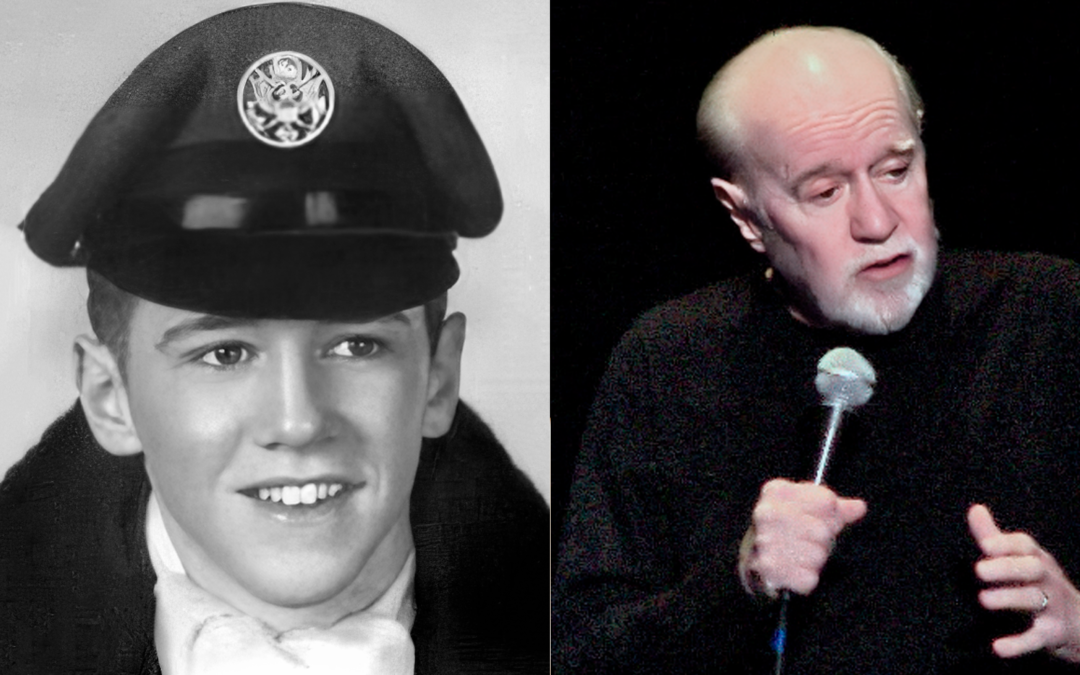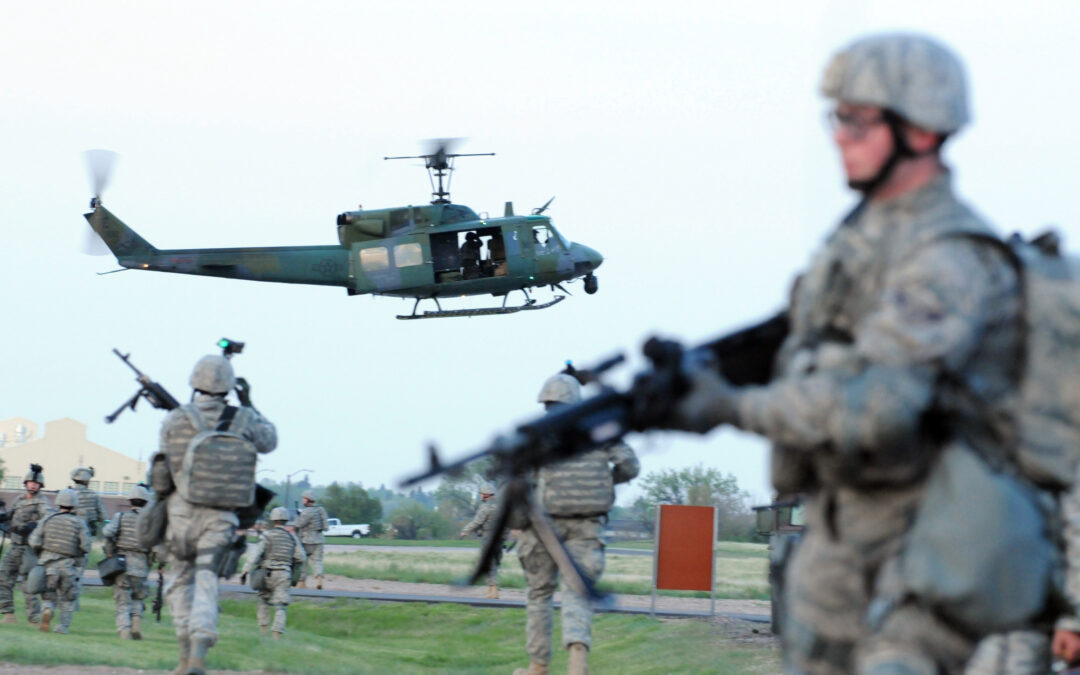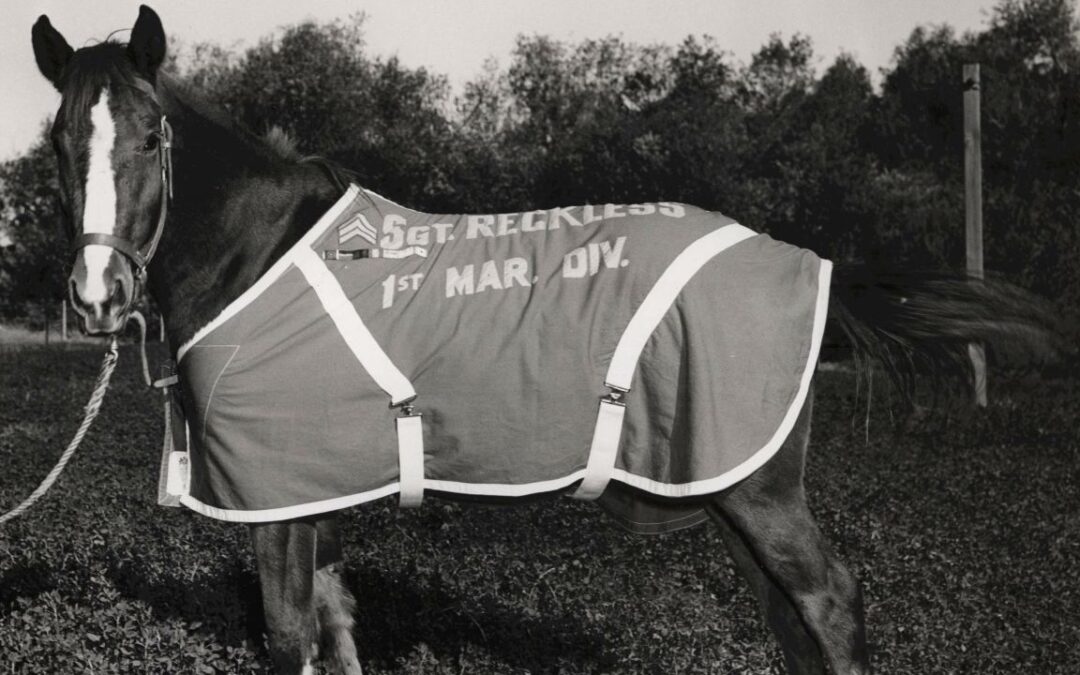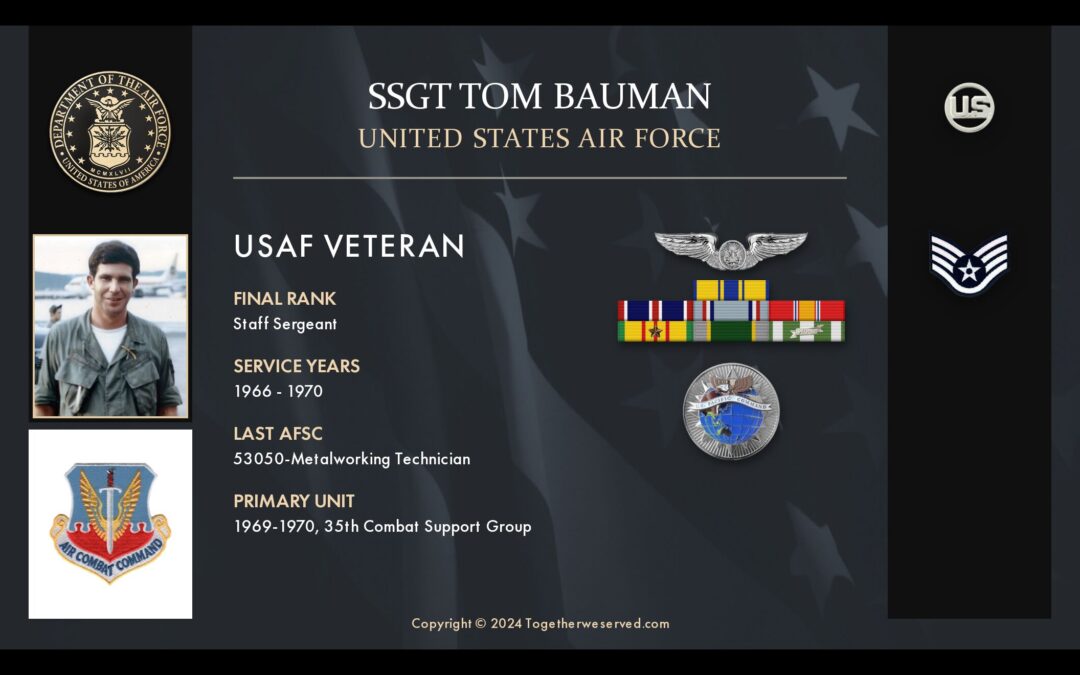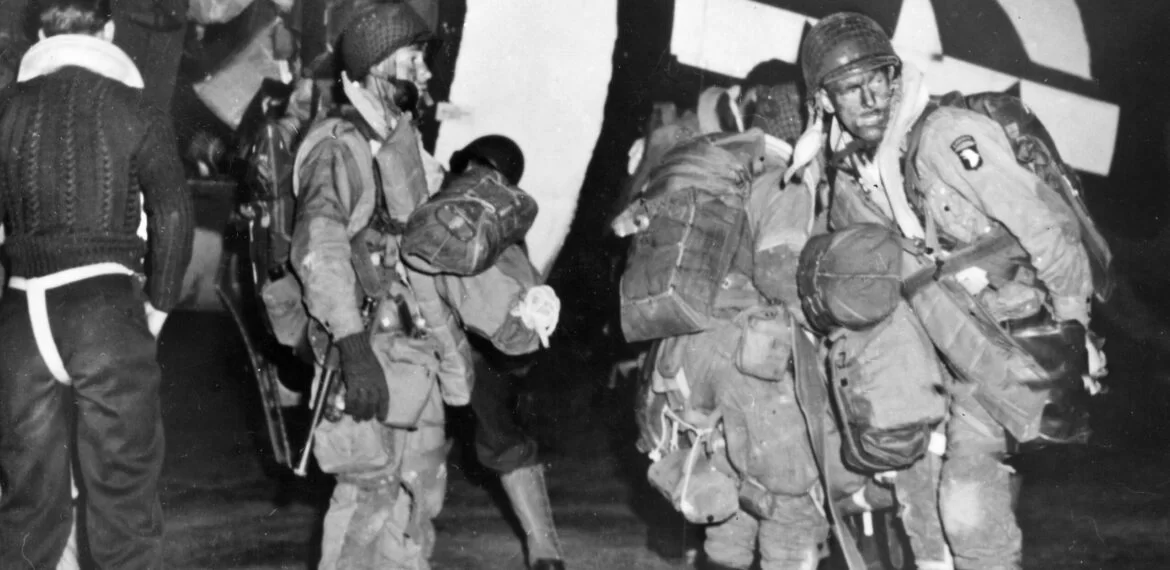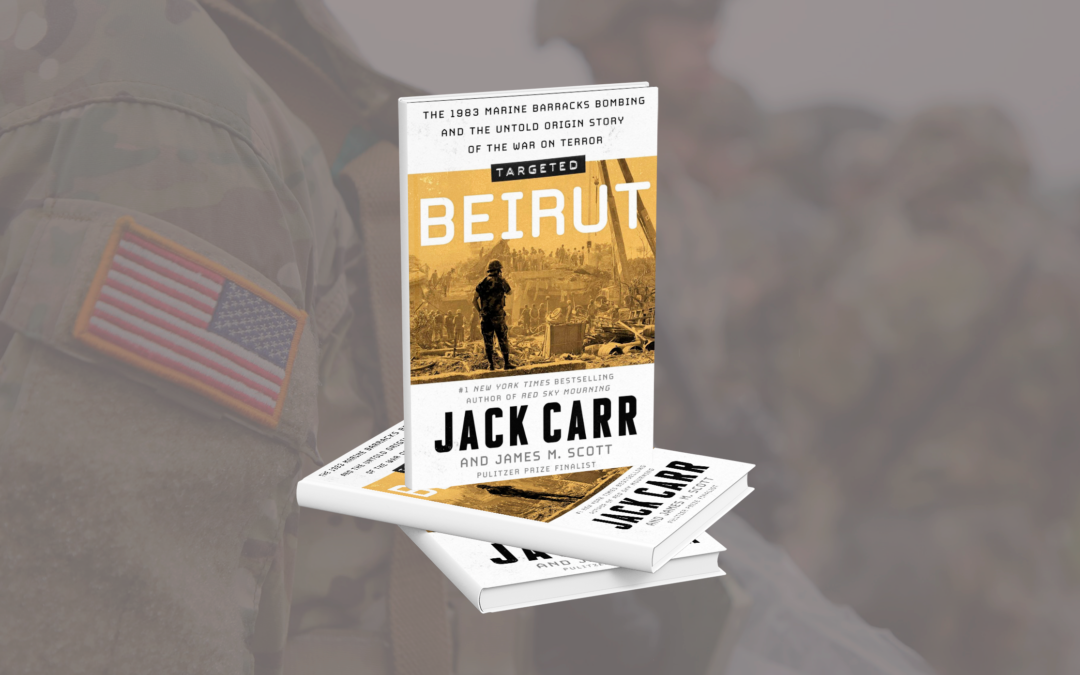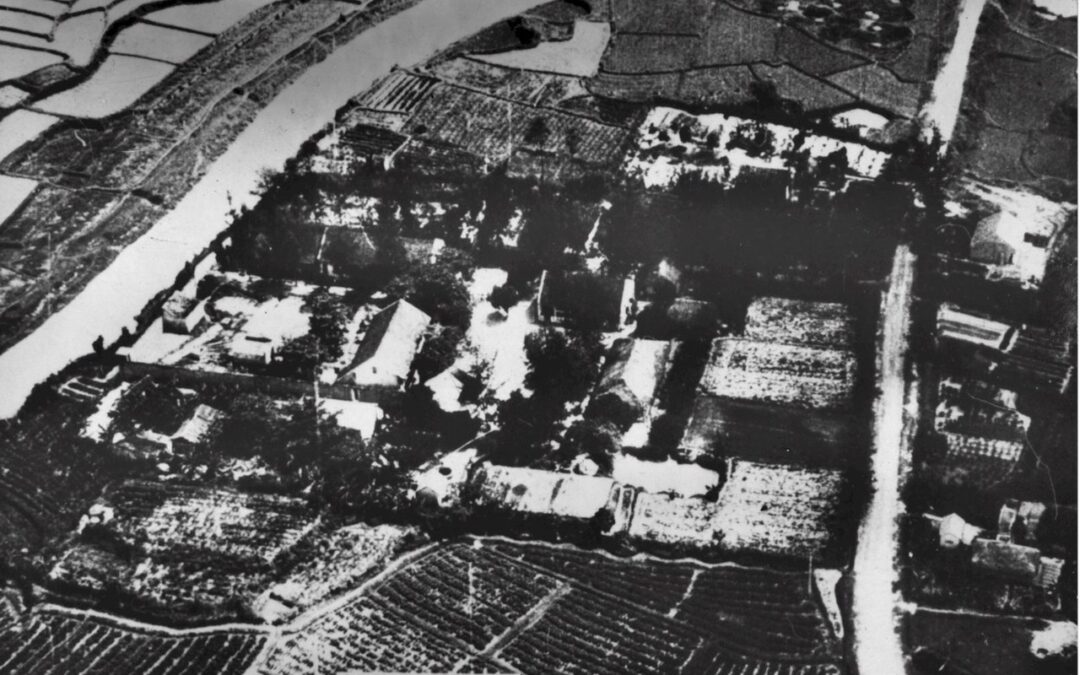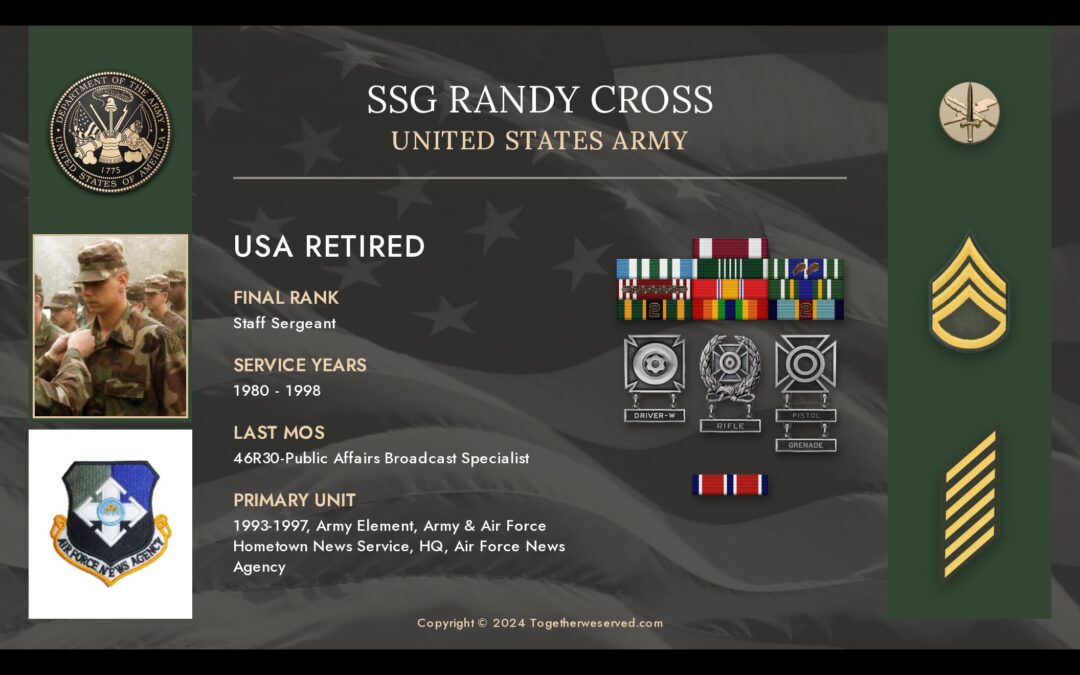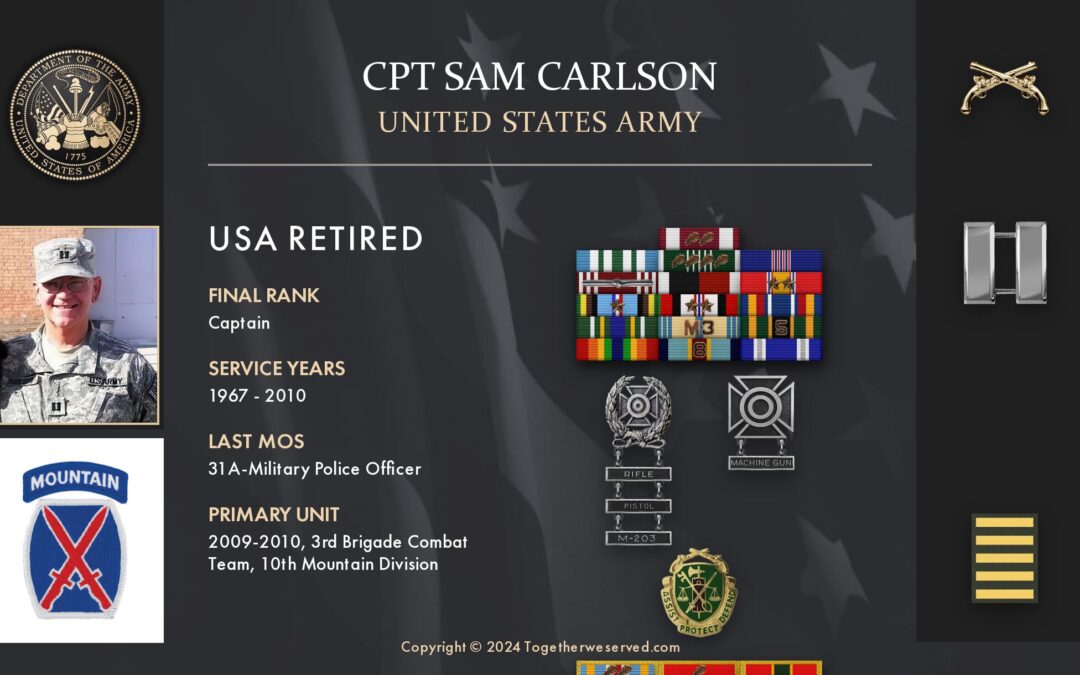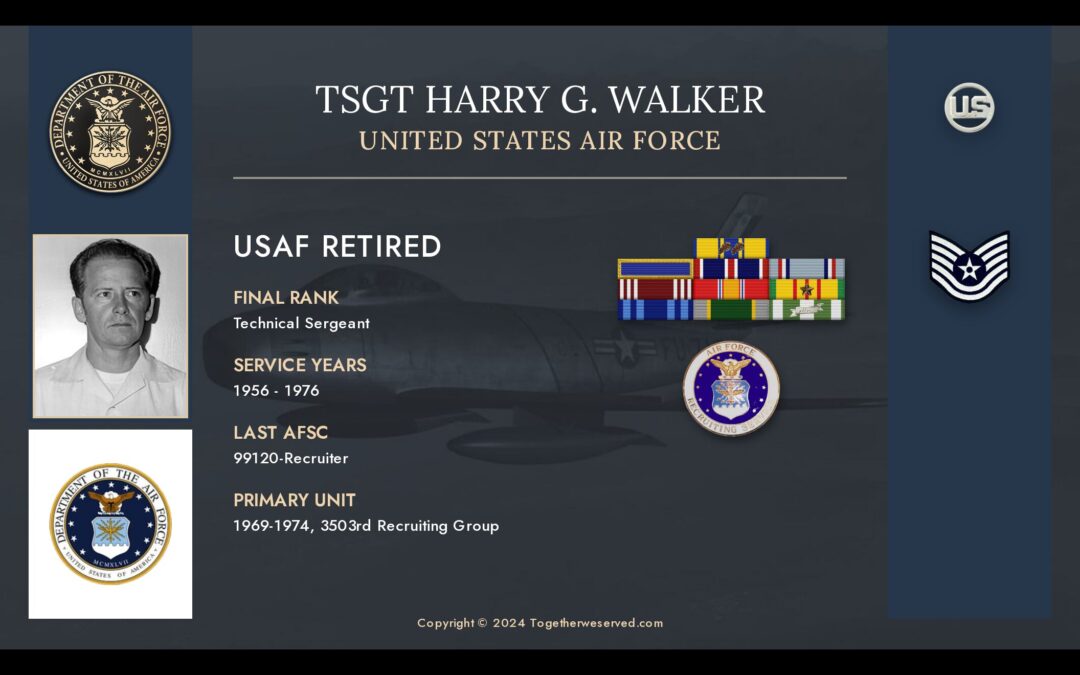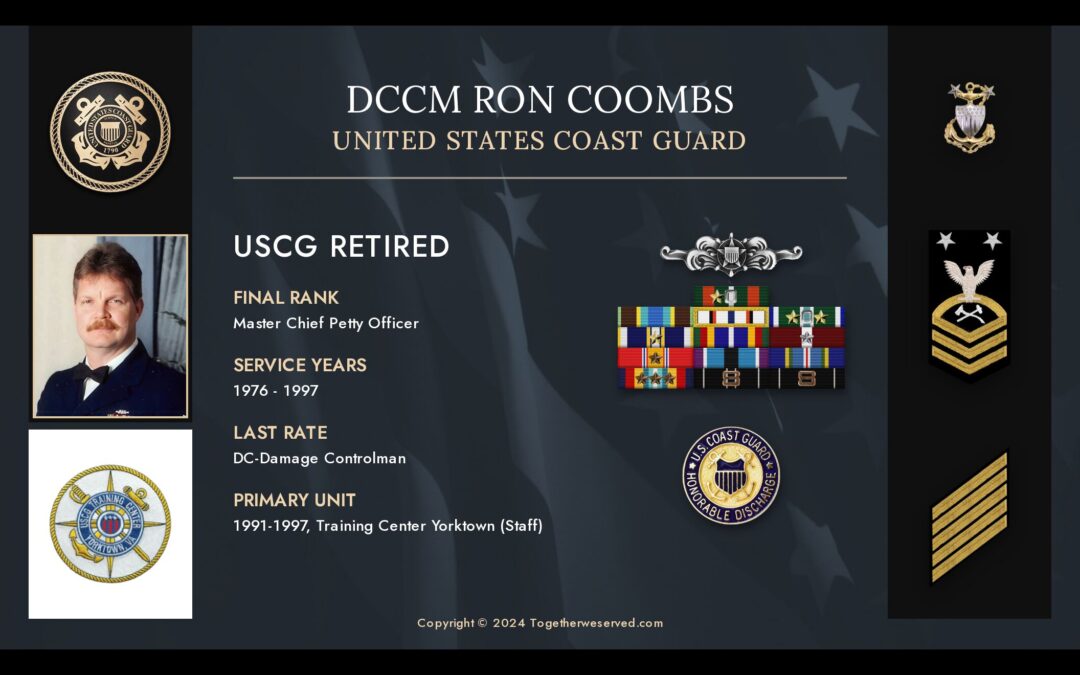George Denis Patrick Carlin, known for his sharp wit and incisive social commentary, remains one of the most influential comedians of all time. His career spanned decades, and his humor challenged societal norms, making him a voice for many who questioned authority and the status quo. However, before he became a household name, Carlin's life took a different path—one that led him to serve in the United States Air Force. While his military service may seem at odds with his later persona, it played a significant role in shaping the man he would become. George Carlin’s Early Life and Enlistment George Denis Patrick Carlin was born on May 12, 1937, in New York City to an Irish father, Patrick Carlin, and an Irish-American mother, Mary Bearey. Carlin grew up in a tough neighborhood and was known for his rebellious nature from an early age. He was raised on West 121st Street in a part of Upper Manhattan commonly known as “white Harlem.” By the time he was a teenager, Carlin had developed a...
